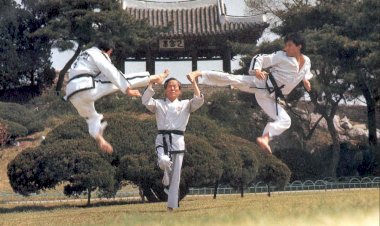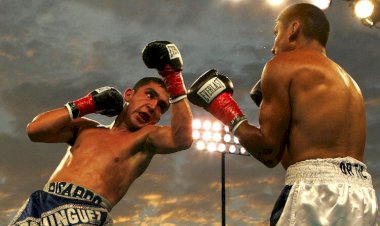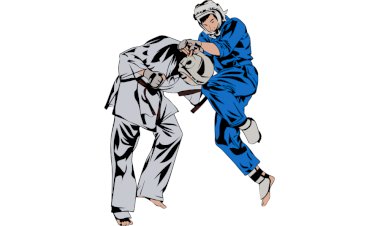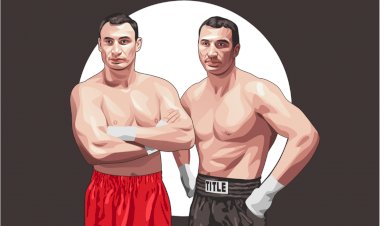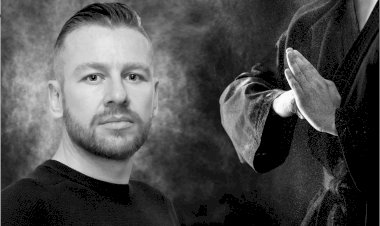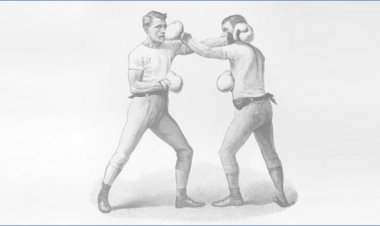The Underappreciated History of Luta Livre
Luta Livre is a Brazilian martial art based on catch wrestling and submission grappling. Along with Brazilian Jiu-jitsu, Luta Livre is a true origin of grappling techniques and presumably the most underappreciated martial art among the modern-day fans!
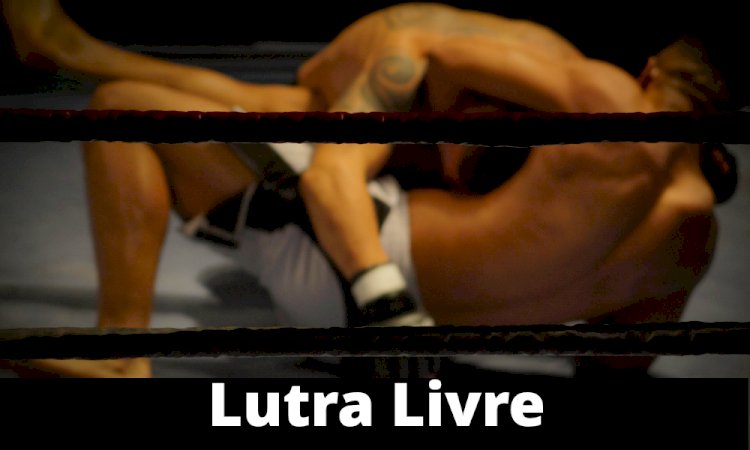
Due to the lack of mainstream popularity, many grapplers and fans don’t recognize the importance of Luta Livre and how it has influenced the grappling game through the years.
A brief history of Luta Livre
Also known as “freestyle fighting”, Luta Livre was founded by the great catch wrestler, Euclydes “Tatu” Hatem in the early 1920s. The first forms primarily relied on a mixture of catch wrestling and judo. However, ground fighting and submission grappling would be added in the following years. Throughout the years, “Tatu” would adopt many innovative ground fighting techniques and submissions that would prove its effectiveness in the famous Vale Tudo matches.
Like a true master, Hatem was capable of properly transferring the knowledge on younger generations which will evolve the technique in the following decades. Fausto Brunocilla and his son Carlos have taken over the sport and shifted their focus on developing many Luta Livre Masters which will represent Luta Livre all over the world. Furthermore, one of the biggest influencers of Luta Livre was a famous judoka and wrestler, Roberto Leitao. Similar to what Helio Gracie did in Jiu-jitsu, Leitao would make revolutionary changes that will focus more on the technique itself and not on sheer power.
Two types of styles
Although Luta Livre fighters were recognized for incredible grappling skills, the technique required few drastic changes in order to be more competitive in the Vale Tudo tournaments. On a grappling base, the technique saw the implementation of various striking techniques which ultimately divided Luta Livre into two different styles. Luta Livre Esportiva heavily focuses only on catch wrestling skills and no-gi submission grappling to subdue the opponent.
On the other hand, Luta Livre Vale Tudo includes the no-gi submission grappling and incorporates various striking techniques. Considering this was way before the UFC and Shooto got established as MMA promotions, Vale Tudo competitions truly represent the origin of modern-day MMA.
The rivalry with BJJ
Considering Luta Livre was founded at the same time as Brazilian Jiu-jitsu, the rivalry between the two arts was inevitable. Even though the two techniques are remarkably similar, there are a couple of big differences. Since its establishment, Luta Livre was more focused on catch wrestling, takedowns, and top control while BJJ was focused on submissions. They also adopted leg lock techniques from which BJJ fighters tried to stay away from and have never worn a traditional gi uniform.
Mostly, Luta Livre and BJJ fighters were challenging each other on Vale Tudo tournaments all over Brazil. However, the mutual animosity was so big that they had actually fought on the streets of Brazil and gyms as well. Some of the most memorable fights between the two arts were:
Euclydes Hatem vs. George Gracie – after Hatem managed to place the kimura and defeat George Gracie in 1940, the popularity of Luta Livre literally skyrocketed!
Euclides Pereira vs. Carlson Gracie – the fight originally took five years to finally develop into reality! After the Gracie family finally accepted the conditions, the two fighters have fought for 50 minutes! Pereira put his stellar striking to work and landing heavy shots on Carlson. After he broke Carlson’s nose, damaged the eye region and almost knocked him out, the Luta Livre fighter won the judge’s decision.
Hugo Duarte vs. Rickson Gracie – although the fight took place on the beaches of Rio de Janerio, this is probably the most famous incident between the two arts. Rickson encountered Duarte and started insulting his family. Duarte quickly stepped up to defend his honor and the two started battling each other on the Brazilian sand! Ultimately, Rickson managed to submit Duarte and by doing so, regained the trust in BJJ.
The decline of popularity
Luta Livre hit the peak of its rise during the 1980s and the sport enjoyed great popularity and evolution. However, at the beginnings of the 90s, the Gracie family decided to expand their influence on the US soil by participating in the newly established MMA promotion called UFC. As we all know, BJJ dominated other styles and has become the most important tool of every fighter. In the following years, the public interest for MMA would explode and so the interests for BJJ. While the Luta Livre started declining, BJJ went on a rapid mainstream rise and literally took the monopoly on the grappling market in the next decade.
As a result, you'll rarely hear anything about Luta Livre through media and its influence on today's grappling game has been almost forgotten!
Tomislav Zivanovic by Bushu
Picture: Symbolic Image by Pexels.com
References: Wikipedia.org & ufc.com

